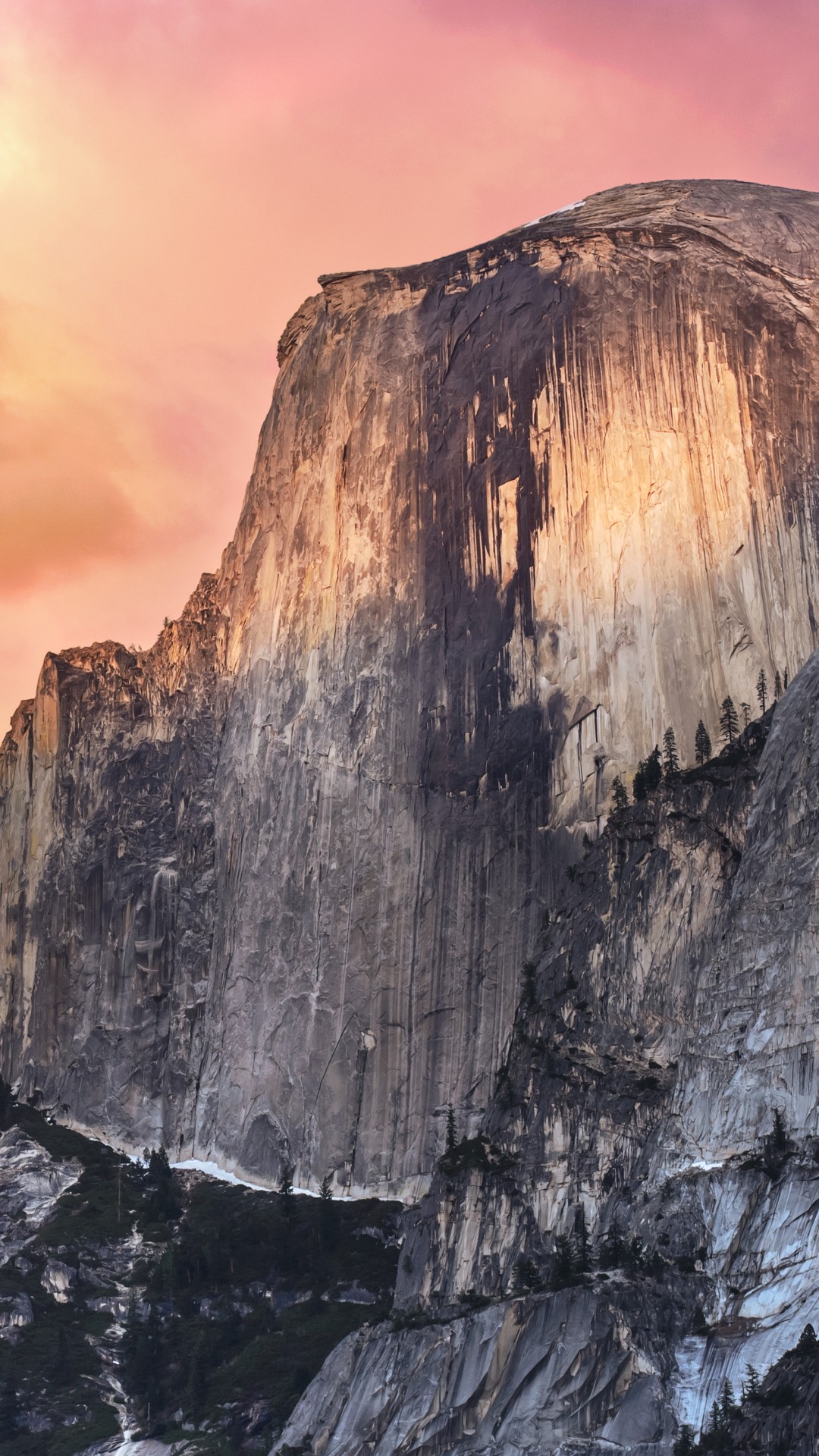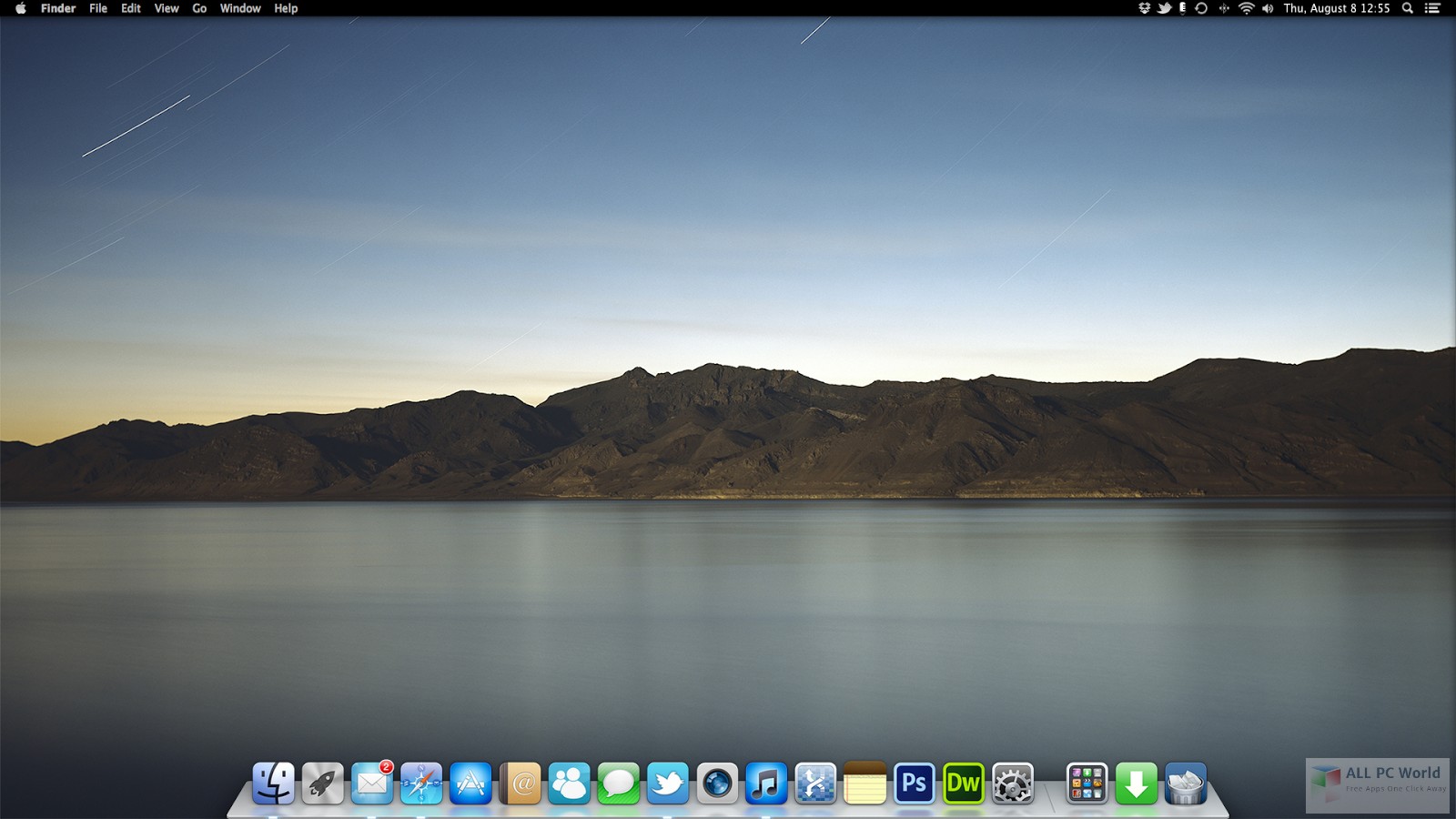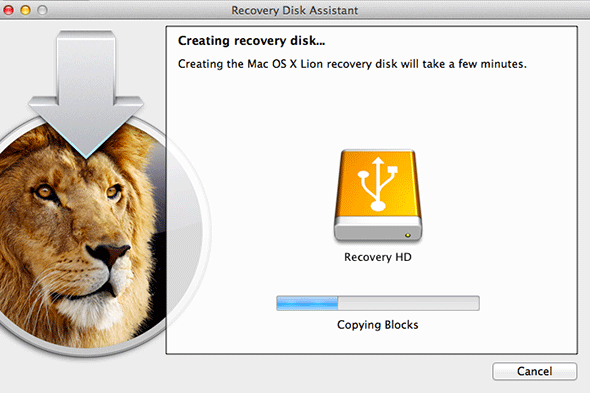If you want a separate copy of Mountain Lion, then you will have to purchase and download it. Apple does not supply a freely downloadable copy via the App Store. Rather it is through Internet Recovery should it be required. See OS X (Lion/Mountain Lion)- About OS X Recovery. If you download your own 2nd copy then you can make a bootable installation flash drive:
Mac OS X 10.8 Mountain Lion v. 10.8.5 Full OS Install - Reinstall / Recovery Upgrade Downgrade / Repair Utility Factory Reset Disk Drive Disc CD DVD Brand: Fast Macs Repair. 3.9 out of 5 stars 98 ratings. Currently unavailable. We don't know when or if this item will be back in stock. Also, OS X Mountain Lion takes up about 10 GB of space on its initial installation, so the computer where you install Mac OS X must have at least 10 GB of space in its hard drive. However, that's only the bare minimum; if you plan to install Mac OS X for day-to-day use, I recommend allocating at least 50 GB of space.

Make Your Own Mountain/Lion Installer
1. After downloading Mountain/Lion you must first save the Install Mac OS X Mountain/
Lion application. After Mountain/Lion downloads DO NOT click on the Install button.
Go to your Applications folder and make a copy of the Mountain/Lion installer. Move
the copy into your Downloads folder. Now Quit the installer.
2. Get a USB flash drive that is at least 8 GBs. Prep this flash drive as follows:
a. Open Disk Utility in your Utilities folder.
b. After DU loads select your flash drive (this is the entry with the mfgr.'s ID and size) from the left
side list. Click on the Partition tab in the DU main window.
c. Under the Volume Scheme heading set the number of partitions from the drop down menu to one.
Set the format type to Mac OS Extended (Journaled.) Click on the Options button, set the
partition scheme to GUID then click on the OK button. Click on the Partition button and wait until
the process has completed.
d. Select the volume you just created (this is the sub-entry under the drive entry) from the left side
list. Click on the Erase tab in the DU main window.
e. Set the format type to Mac OS Extended (Journaled.) Click on the Options button, check the
button for Zero Data and click on OK to return to the Erase window.
f. Click on the Erase button. The format process can take up to an hour depending upon the flash
drive size.
3. Locate the saved Mountain/Lion installer in your Downloads folder. CTRL- or RIGHT-click on the installer and select Show Package Contents from the contextual menu. Double-click on the Contents folder to open it. Double-click on the SharedSupport folder. In this folder you will see a disc image named InstallESD.dmg.
4. Plug in your freshly prepared USB flash drive. You are going to clone the content of the InstallESD.dmg disc image to the flash drive as follows:
a. Double-click on the InstallESD.dmg file to mount it on your Desktop.
b. Open Disk Utility.
c. Select the USB flash drive from the left side list.
d. Click on the Restore tab in the DU main window.
Mac Os X Mountain Lion Vmdk
e. Select the USB flash drive volume from the left side list and drag it to the Destination entry field.
f. Drag the mounted disc icon from the Desktop into the Source entry field.

g. Double-check you got it right, then click on the Restore button.

When the clone is completed you have a fully bootable installer that you can use without having to re-download Mountain/Lion.
Note: The term Mountain/Lion used above means Lion or Mountain Lion.
As an alternative to the above (you still have to do your own download of Lion/Mountain Lion) you can try using Lion DiskMaker 2.0 that automates the process of Steps 2 through 4.
May 29, 2013 2:11 PM
OS X 10.8 'Mountain Lion' Q&A - Updated August 31, 2012
To be notified of new Q&As, sign up for EveryMac.com's bimonthly email list.
If you find this page useful, please Bookmark & Share it. Thank you.
Which Macs are compatible with OS X 10.8 'Mountain Lion'? Which Macs are not compatible?
In the company's promo copy, Apple officially notes that the following general Macs support OS X 10.8 Mountain Lion:
- iMac (Mid-2007 or newer)
- MacBook (Late 2008 Aluminum, or Early 2009 or newer)
- MacBook Air (Late 2008 or newer)
- MacBook Pro (Mid/Late 2007 or newer)
- Mac mini (Early 2009 or newer)
- Mac Pro (Early 2008 or newer)
- Xserve (Early 2009)
Identification Help
If you're not sure which Mac you have and need help to identify it, look it up with EveryMac.com's Ultimate Mac Lookup.
Mac Os X Mountain Lion Requirements
This feature makes it easy to lookup any of these Macs by the Model Identifier listed in software (select 'About This Mac' under the 'Apple' menu and click 'More Info'), its Serial Number, and a variety of other methods.
Mountain Lion Compatible Macs
More precisely than the official info, the following list of Macs support OS X Mountain Lion, provided that they have 2 GB of memory, at least 8 GB of available storage space, and are running Mac OS X 10.6.8 'Snow Leopard' or later, which includes any version of OS X 10.7 'Lion.' If you need to upgrade the RAM or storage in your Mac, EveryMac.com's Mac Upgrades section can be helpful.
However, please note that all Macs on this list are not fully compatible with OS X Mountain Lion, as many do not support the AirDrop, AirPlay Mirroring, or Power Nap features:
Of course, subsequently introduced Macs will be compatible with OS X Mountain Lion for as long as it is the current version of the operating system.
Mountain Lion Incompatible Macs
All earlier Intel-based Macs, as well as PowerPC-based Macs, are not compatible with Mountain Lion. Most notably, Apple does not support Mountain Lion on these Intel-based systems that support Lion:
Unofficially, however, it is entirely possible to run Mountain Lion on many of these systems -- albeit some with limitations -- with hardware upgrades and/or software hacks.
Also see:
- What is 'AirDrop'? Which Macs are compatible with the 'AirDrop' technology?
- What is 'AirPlay Mirroring'? Which Macs are compatible with AirPlay Mirroring? Are there any 'hacks' or third-party apps to use AirPlay Mirroring on unsupported Macs?
- What is 'Power Nap'? Which Macs are compatible with Power Nap?
- How can I upgrade or 'hack' an incompatible Intel Mac to run OS X 10.8 'Mountain Lion'? Is it even possible?
Permalink | E-mail a Friend | Bookmark & Share | Report an Error/Typo

Suggest a New Q&A | Sign Up for Bimonthly Site Update Notices
<< OS X 10.8 'Mountain Lion' Q&A (Main)
Mac Os X Mountain Lion Download
EveryMac.com is provided 'as is' without warranty of any kind whatsoever. EveryMac.com, and the author thereof, shall not be held responsible or liable, under any circumstances, for any damages resulting from the use or inability to use the information within. For complete disclaimer and copyright information please read and understand the Terms of Use and the Privacy Policy before using EveryMac.com. Use of any content or images without expressed permission is not allowed, although links to any page are welcomed and appreciated.
